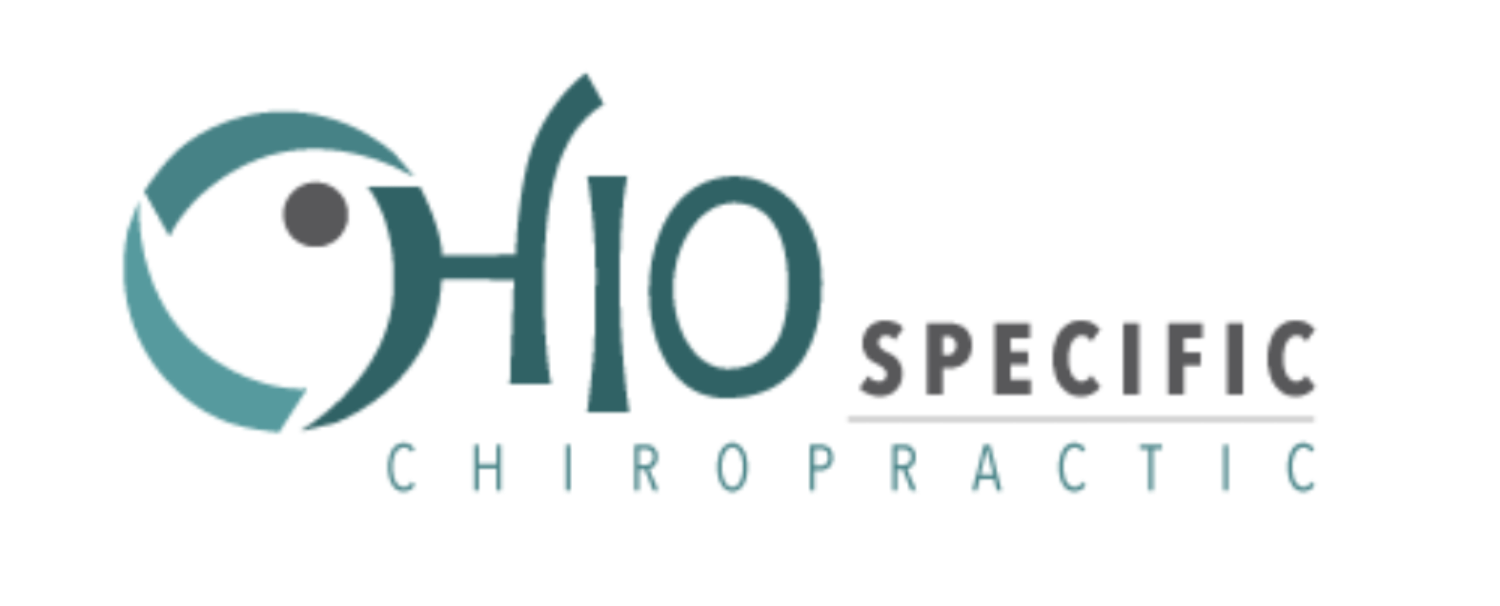What is the Difference Between Chiropractic and Osteopathy?
“The methods of Chiropractic and Osteopathy differ in application and results, as well as in name. There is no resemblance in the treatment and but little in any way except the philosophy. The application of the two is so different that learning either one gives no clue to the other.” - Dr. Andrew Paxton Davis, MD, DO, DC
If there is anyone to understand the differences between Chiropractic and Osteopathy, it would be Dr. A.P. Davis. A.P. Davis was a medical doctor, a naturopathic doctor, an osteopath and a chiropractor.
Chiropractic was founded in September 1895 by D.D. Palmer.
Osteopathy was founded in April of 1874 by A.T. Still.
In order to simplify things, we can say the differences between Chiropractic and Osteopathy rest on 4 main points. Those main points include:
Mental (Nerve) Impulse vs. Blood Circulation
Adjustment vs. Manipulation
Drugless Care vs. Drug-oriented Care
Nonsurgical Approach vs. Surgical Approach.







